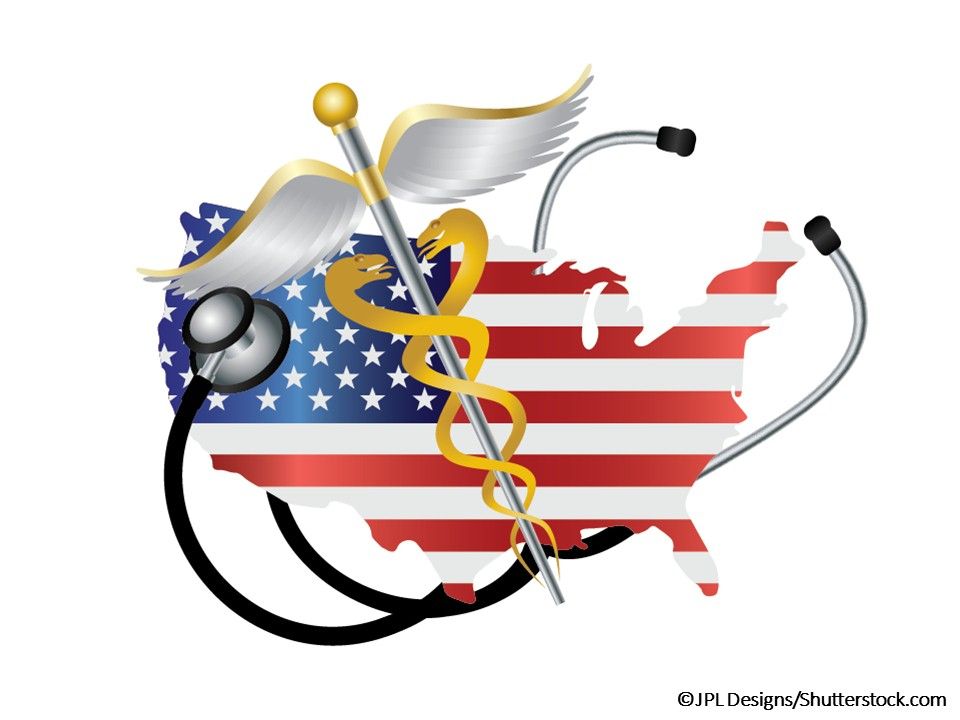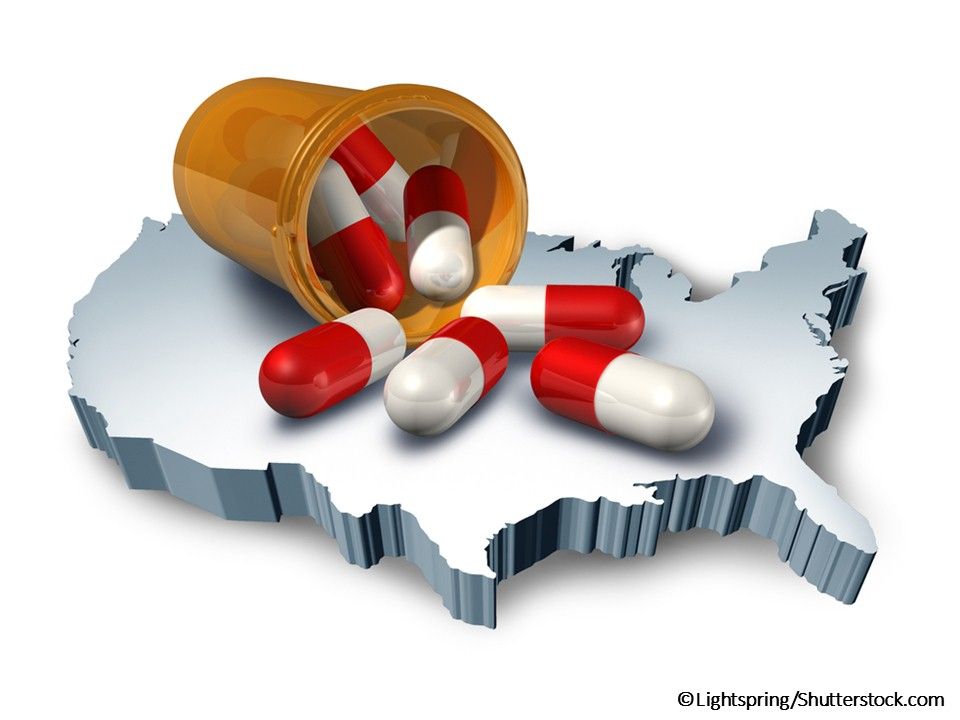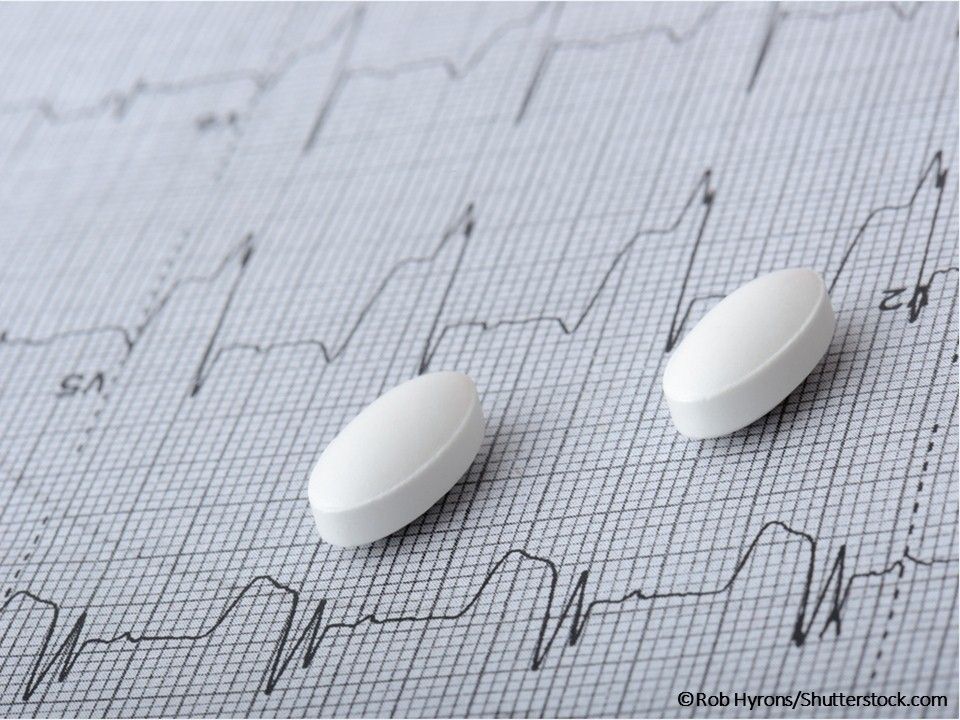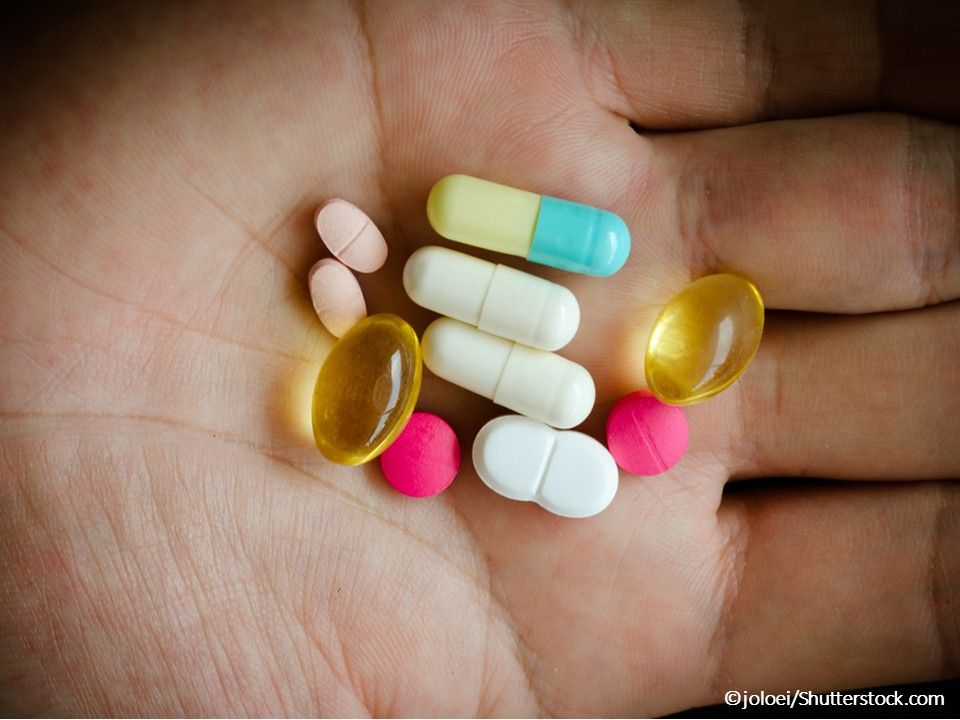© 2025 MJH Life Sciences™ , Patient Care Online – Primary Care News and Clinical Resources. All rights reserved.
Politics Govern Treatment and More Medical News
Do doctors’ politics affect treatment decisions on, for example, drug use, firearms, and sexual behavior? Do yours?

Politics driving treatment decisions, a depression epidemic, cardiovascular risk with statins vs nonstatins, and more.

Docs’ Political Views Govern Medical Treatment.
Yale researchers investigated whether primary care physicians’ political views affect their treatment decisions on drug use, firearm safety, sexual behavior, and other politicized health issues. Surveyed Democratic and Republican physicians differed substantially in their expressed concern on these issues and their recommended treatment plan. The researchers concluded that physicians’ partisan biases can lead to unwarranted variation in patient care.
Proceedings of the National Academy of Sciences, October 3, 2016

It’s a Depression Epidemic!
The latest on depression in America:
• â 1400 persons screen for depression daily.
• Two-thirds under age 25 years.
• 59% have serious depression.
• Youngest have highest scores.
• One-third report they have significant thoughts of suicide or self-harm.
• 41% who self-identify as youth and LGBT have severe depression.
• Mental Health America’s screening program covers depression, anxiety, bipolar disorder, PTSD, alcohol/substance use, and early psychosis.
Mental Health America, October 3, 2016

Statins No Better Than Nonstatins?
Both statin and nonstatin therapies that act via upregulation of LDL receptor expression to reduce LDL-cholesterol are associated with similar relative risks of major vascular events (a composite of cardiovascular death; acute MI; or other acute coronary syndrome, coronary revascularization, or stroke) per change in LDL-C. Lower achieved LDL-C levels were associated with lower rates of major coronary events.
Journal of the American Medical Association, September 27, 2016

“Late-to-Test” HIV Diagnosis is Risky Business.
Patients who receive a diagnosis of HIV infection late in the disease course are at increased risk for negative health outcomes. They’re also more likely to transmit HIV to others. In an analysis of case report data, factors associated with late-to-test were having no insurance, being Hispanic, and age between 45 and 64 years. Women were less likely to be late-to-test.
Medicine, September 2016

Cardiovascular Disease Risk Swells with Stomach Fat.
An increase in abdominal fat volume and decrease in fat attenuation in patients drawn from the Framingham Heart Study Third Generation cohort were associated with adverse changes in cardiovascular disease risk factors beyond associations with generalized adiposity, central adiposity, or respective adipose tissue volumes. An additional 500 cm
3
increase in fat volume was associated with incident hypertension, hypertriglyceridemia, and metabolic syndrome.
Journal of the American College of Cardiology, October 4, 2016

It’s Time to Drop the “5-Second Rule.”
Food dropped on the floor for less than 5 seconds is safe because bacteria need time to transfer, right? Well, not so fast. Researchers tested the notion using 4 surfaces (stainless steel, ceramic tile, wood, and carpet), 4 foods (watermelon, bread, bread with butter, and gummy candy), 4 contact times (under 1, 5, 30, and 300 s), and 2 bacterial preparation methods. Longer contact times did result in more transfer, but other factors were just as important. Some transfer took place “instantaneously,” at times less than 1 s.
Applied and Environmental Microbiology, September 2016

NSAIDs Boost Heart Failure Risk.
Current use of any NSAID in a nested case-control study was associated with a 19% increased risk of hospital admission for heart failure compared with past use of any NSAIDs. The risk of hospital admission for heart failure associated with current use of NSAIDs-27 NSAIDs reported by this study, including 23 traditional NSAIDs and 4 selective COX-2 inhibitors-appears to vary among individual NSAIDs. The effect is dose dependent.
The British Journal of Medicine, September 28, 2016

Flu Shot Rates Lower in Alternative Medicine Domains.
Children who visit complementary and alternative medicine practitioners may be less likely to receive flu shots than those who visit more conventional medical providers. Influenza vaccination uptake was lower among children ever using alternative medical systems, such as acupuncture (33% vs 43%), or manipulative and body-based therapies, such as chiropractic manipulation (35% vs 43%). Uptake was higher by those using multivitamins/multiminerals (45% vs 39%).
Pediatrics, October 3, 2016
Politics driving treatment decisions, a depression epidemic, cardiovascular risk with statins vs nonstatins-we offer these and other highlights of recent clinical studies of interest to primary care physicians.Scroll through the slides above for key findings. Original sources are below.
References:
Docs’ Political Views Govern Medical Treatment
Statins No Better Than Nonstatins?
“Late-to-Test” HIV Diagnosis is Risky Business
Cardiovascular Disease Risk Swells with Stomach Fat
It’s Time to Drop the “5-Second Rule”
NSAIDs Boost Heart Failure Risk
Flu Shot Rates Lower in Alternative Medicine Domains
Related Content:



